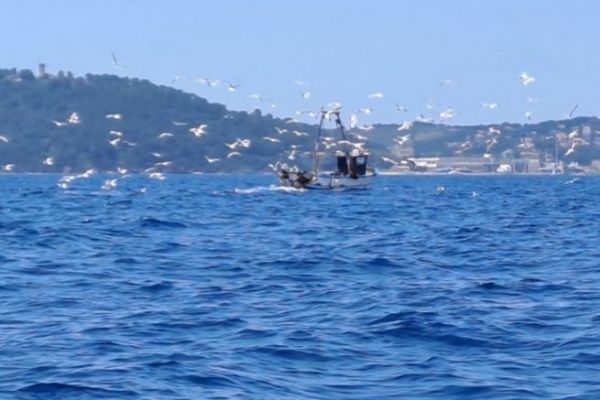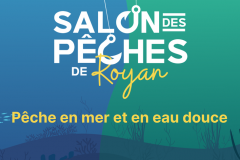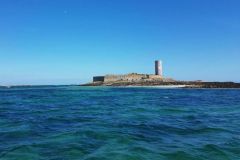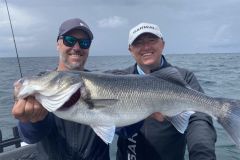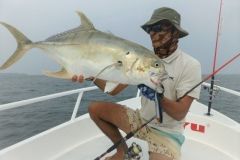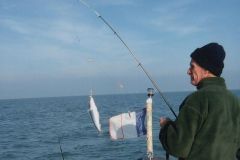A record level
Fish, shellfish and seaweed farming account for "51% of the world total" and "provide 57% of the aquatic animal products used for human consumption worldwide", according to this report on the "State of World Fisheries and Aquaculture".
"While capture fisheries production has remained virtually unchanged for decades, aquaculture has increased by 6.6% since 2020," notes FAO Director-General Qu Dongyu.
In this report, we learn that the global aquatic animal trade reached a record level in 2022, with $195 billion, up 19% on 2019, before the Covid pandemic.
China leads the way in terms of exports (12%), followed by Norway (8%) and Vietnam (6%). Together, these three countries account for a quarter of all exports, with at least 230 countries and territories taking part in this international trade.
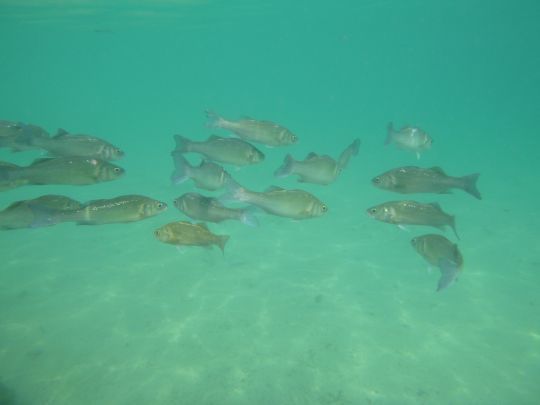
Vital to food safety
The European Union is the main destination for all this production, but in terms of countries, the United States leads the way with 17% of demand, followed by China with 12%.
The Food and Agriculture Organization of the United Nations (FAO) also points out that almost 89% of the world's aquatic animal production is destined for human consumption. Over the past 60 years, aquatic animal consumption has risen from 9.1 to 20.7 kg per person. Nearly 15% of the world's animal protein supply comes from aquatic animals, a proportion that can reach over 50% in some Asian and African countries.
"Aquatic systems are increasingly recognized as vital for food and nutritional security", notes the FAO Director-General.
Unfortunately, "biologically sustainable" fish stocks continue to decline, to 62.3% in 2021.

3 objectives
The FAO proposes 3 objectives: sustainable growth of aquaculture to meet growing demand, effective fisheries management for healthy fish stocks, and ensuring the sustainability of all stages in the production of aquatic products.
The FAO estimates that aquatic animal production will increase by 10% by 2032, due to the expansion of aquaculture and the replenishment of fish stocks. Over 90% will be destined for human consumption, or 21.3 kg per person.
According to the FAO, fishing and aquaculture employ nearly 61.8 million people worldwide, a major economic challenge.
International experts also took part in the "Immersed in change" meeting this weekend in the capital San José, in preparation for the United Nations Ocean Conference (UNOC 3), co-hosted by France and Costa Rica in Nice in June 2025.
"Protecting the oceans and using marine resources sustainably is not an option, but an imperative," warned Li Junhua, UN Under-Secretary-General for Social Affairs, at the opening of the conference in San José.
